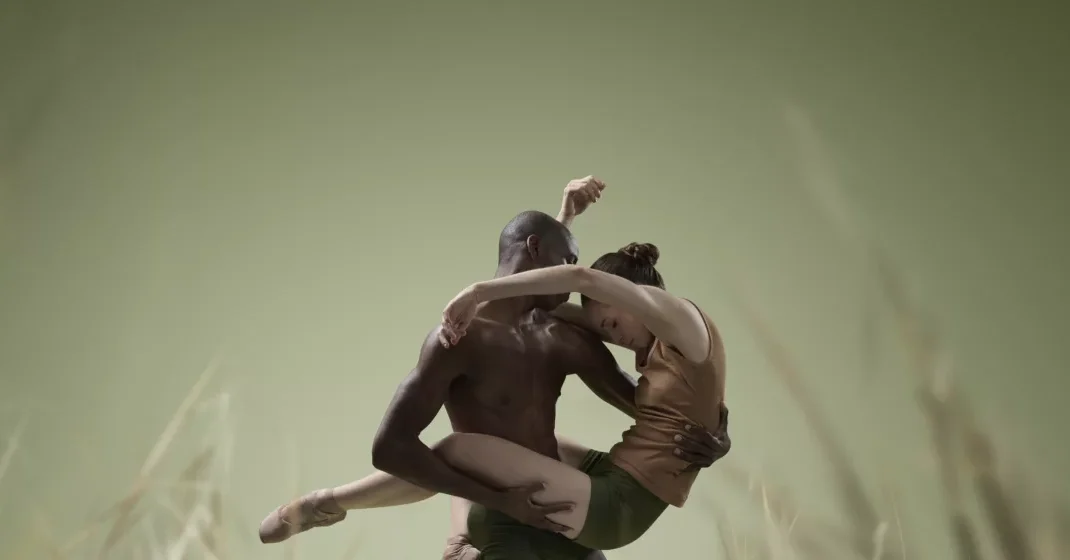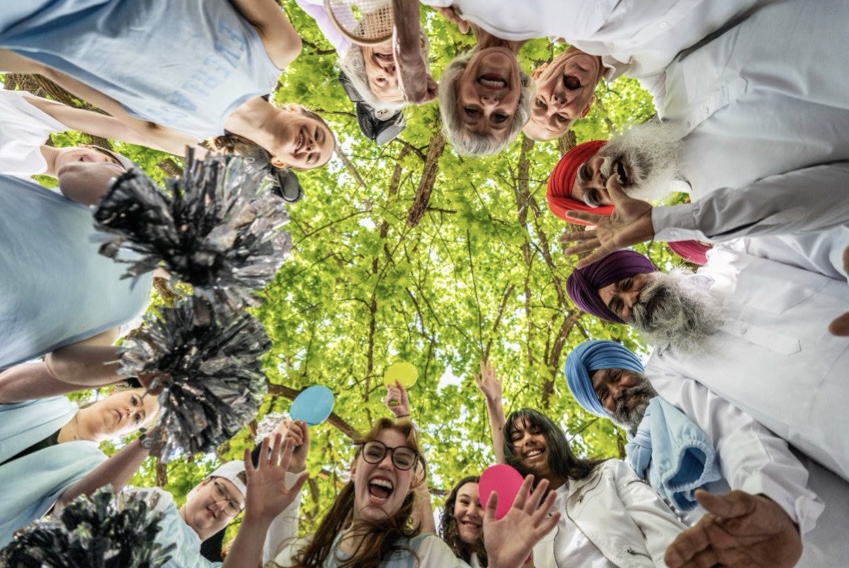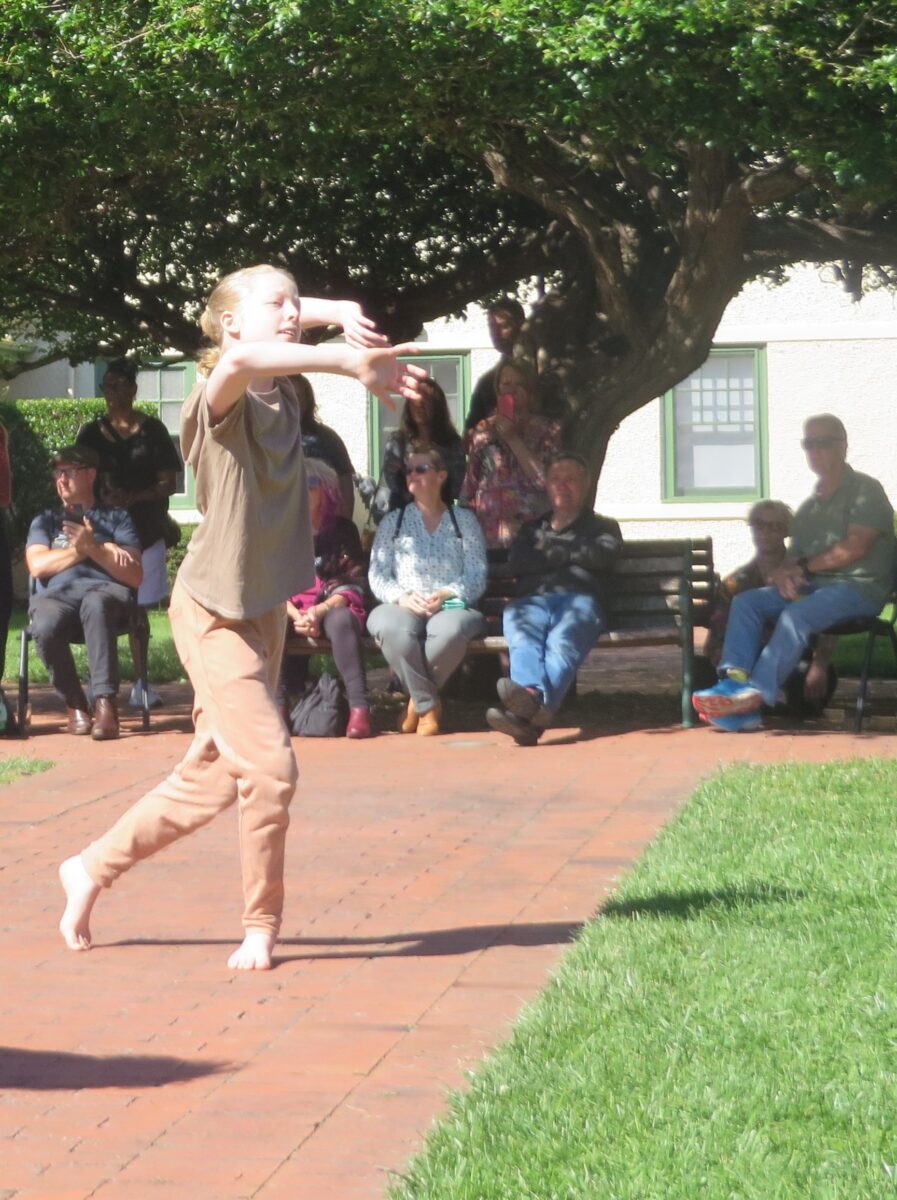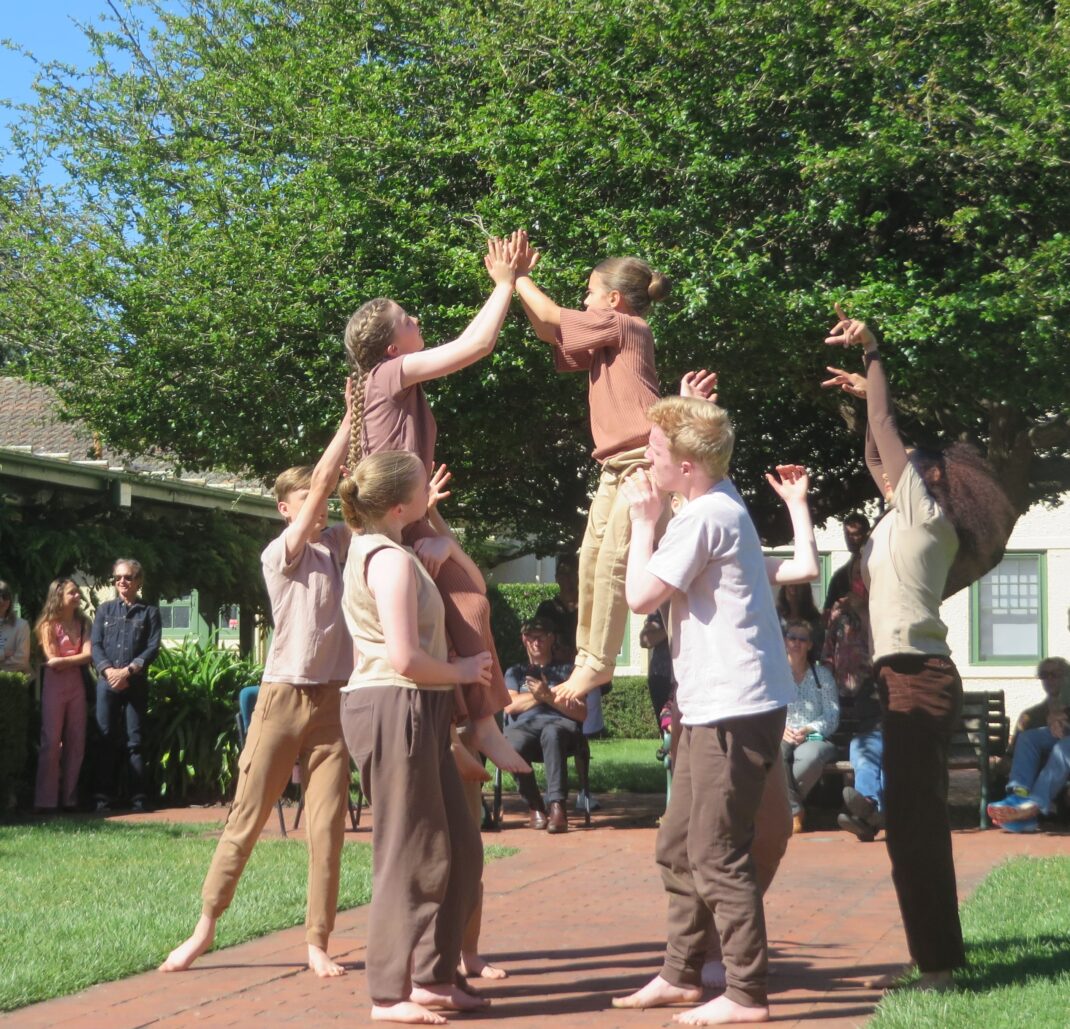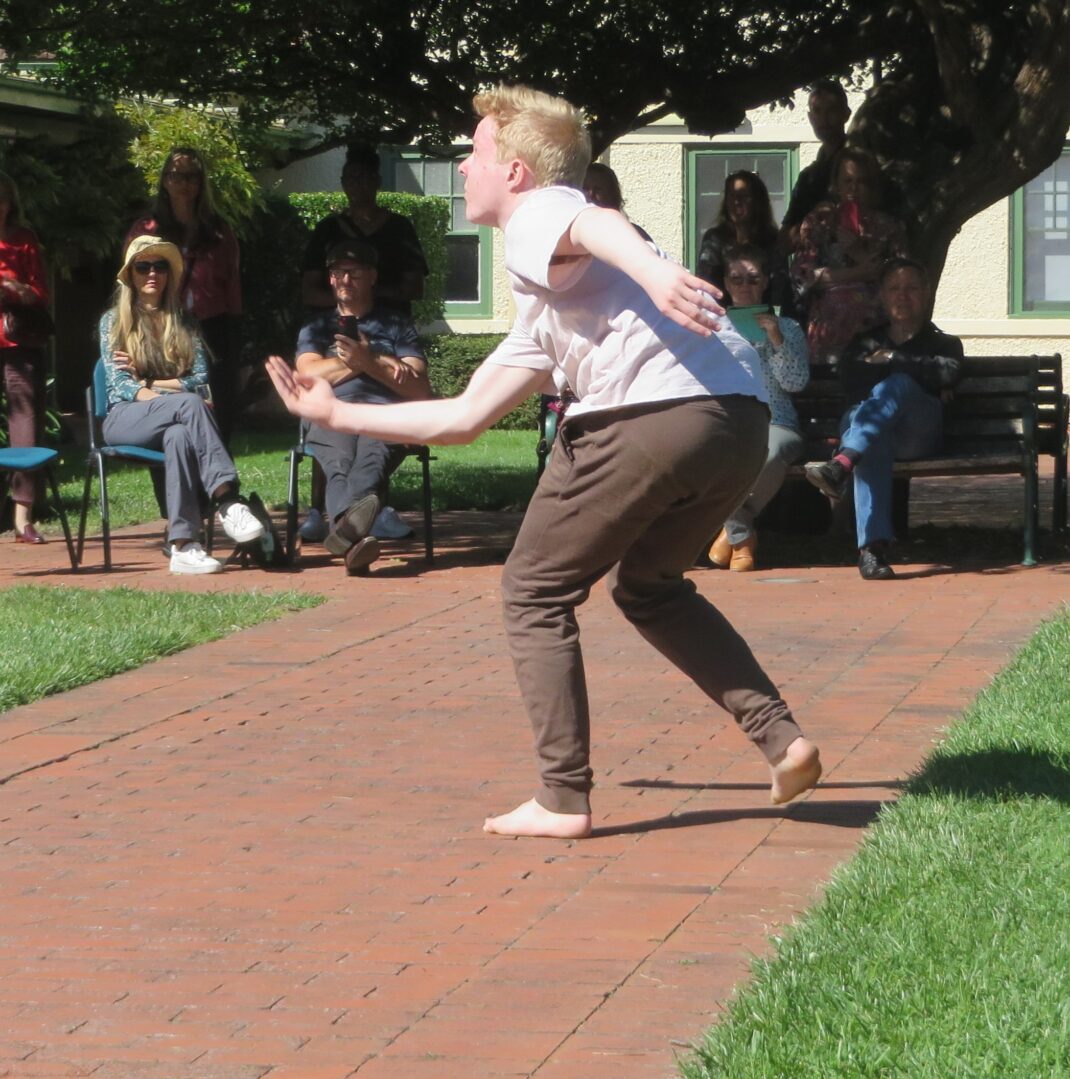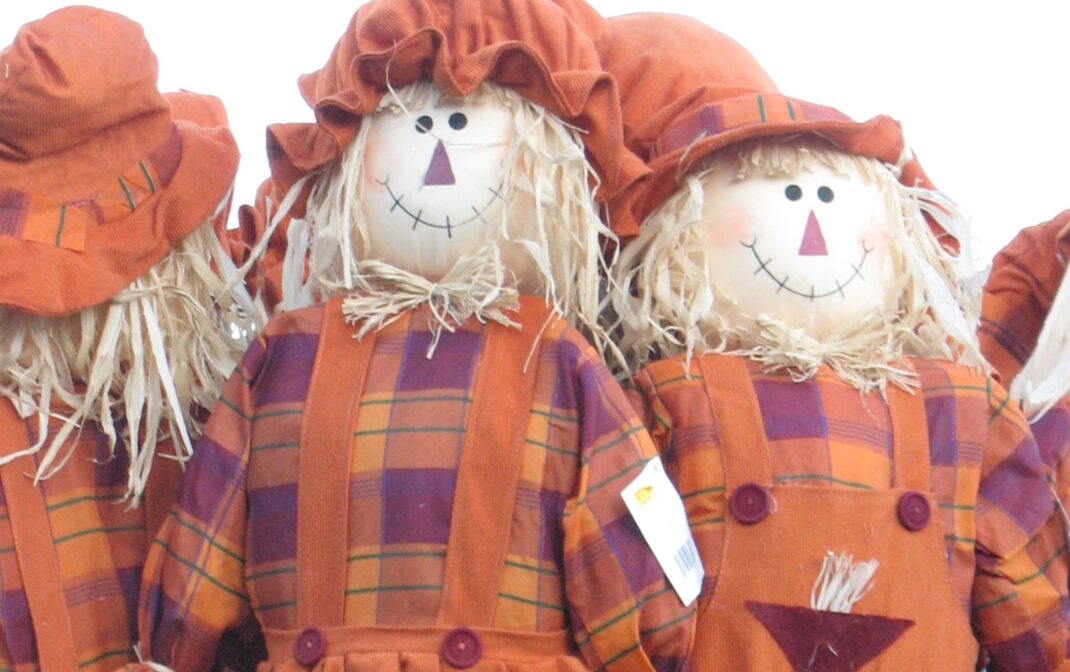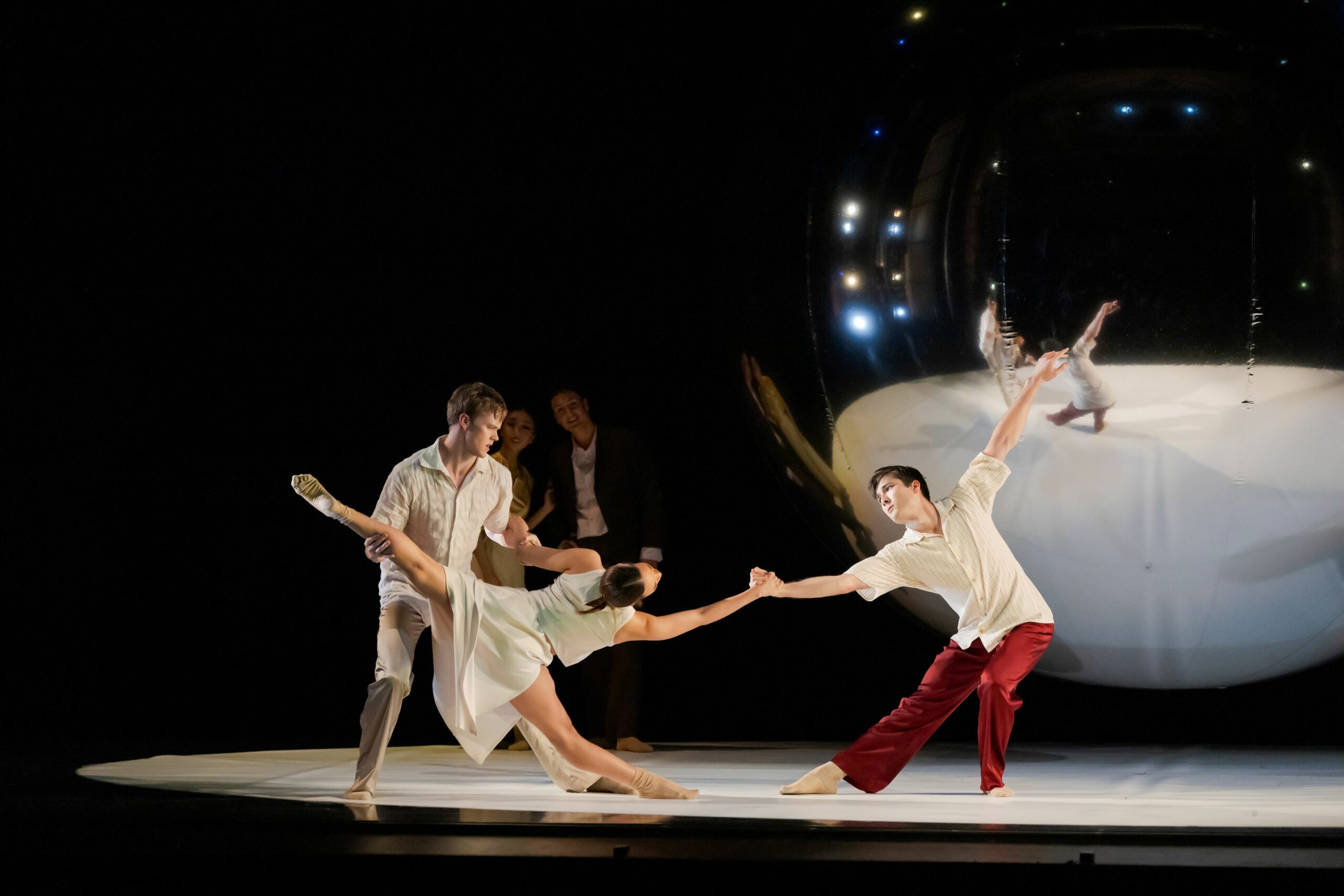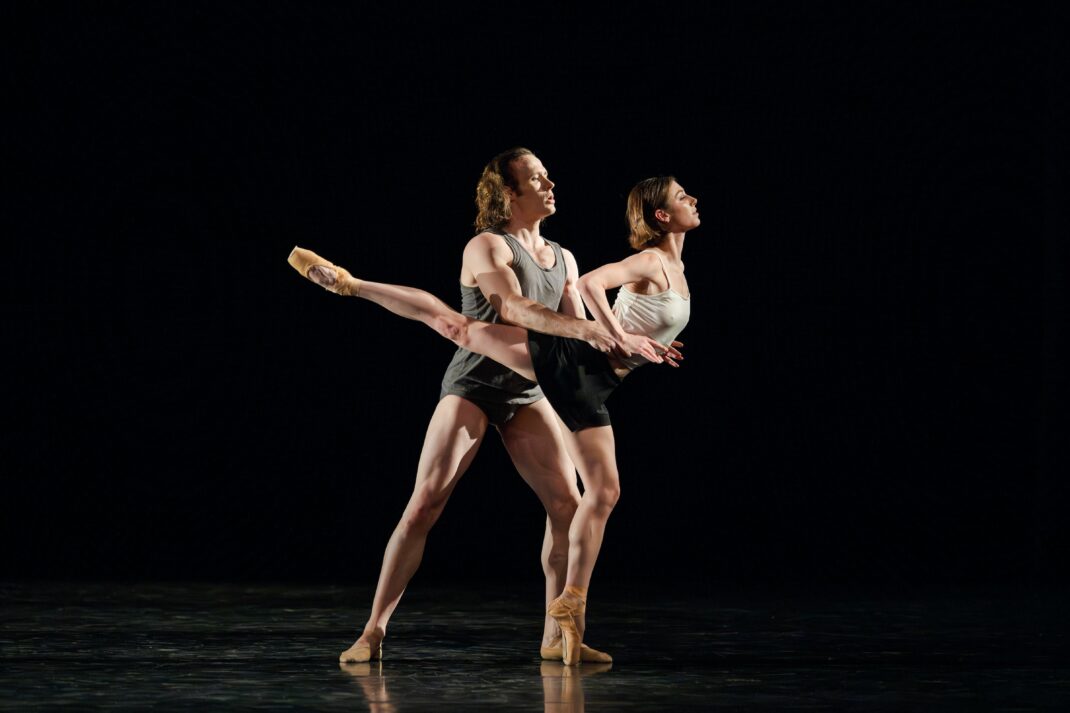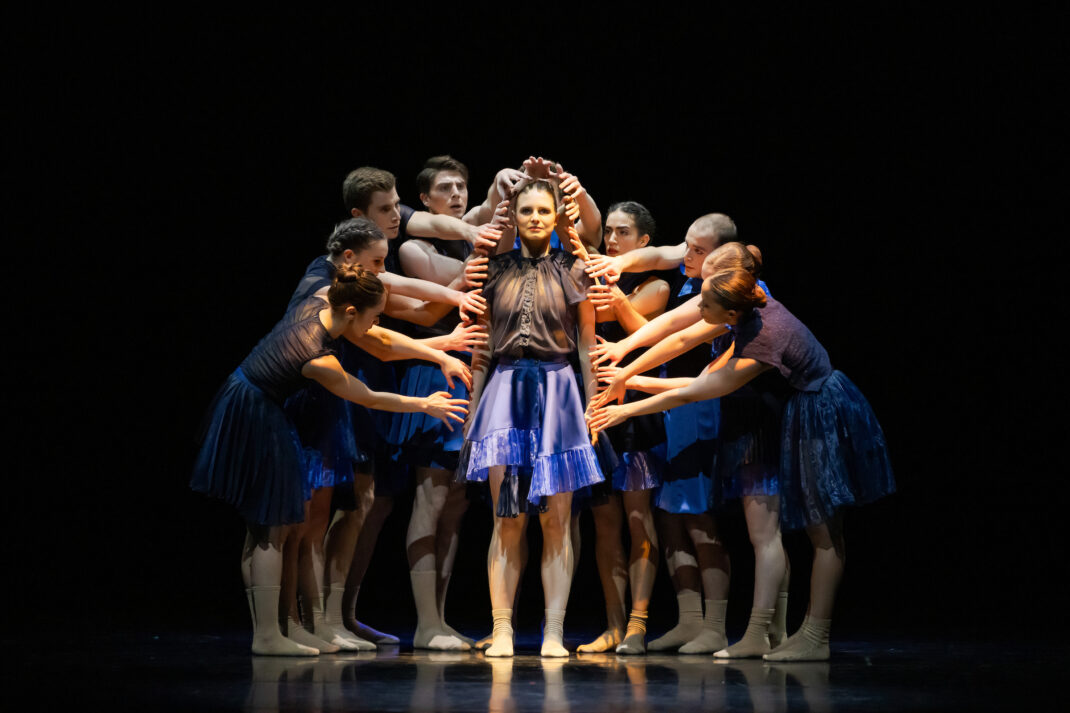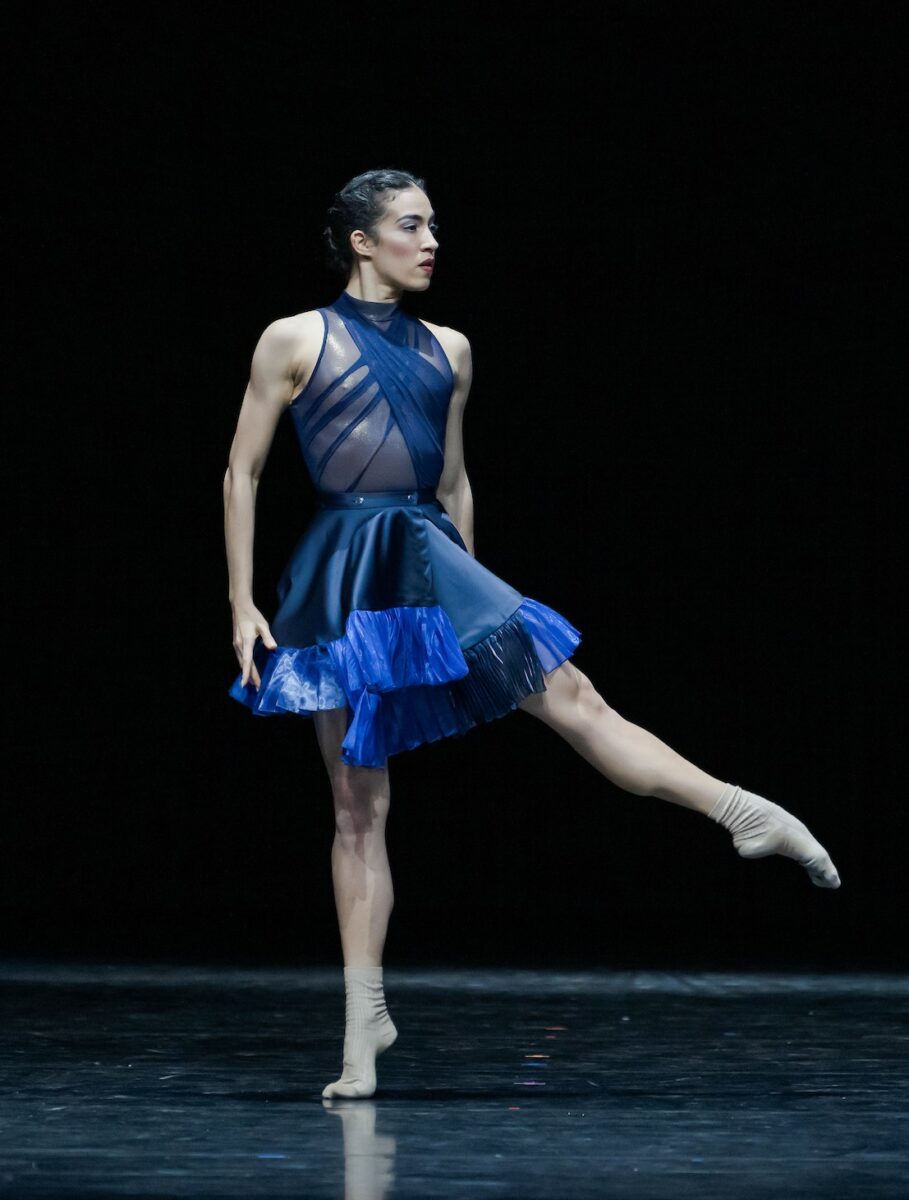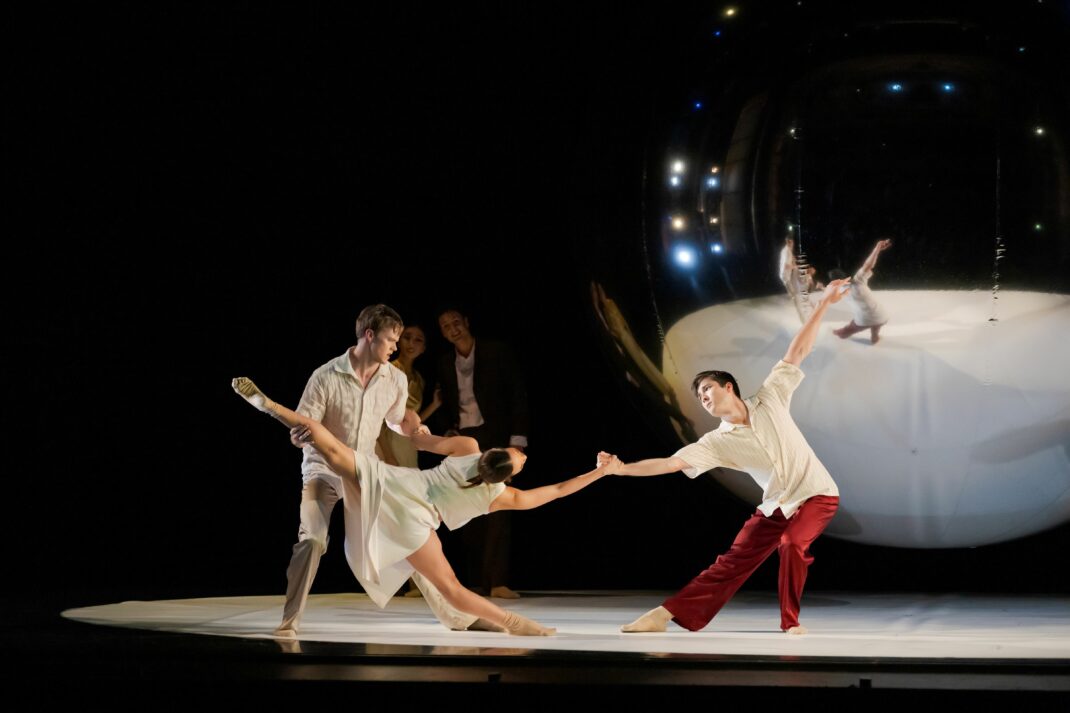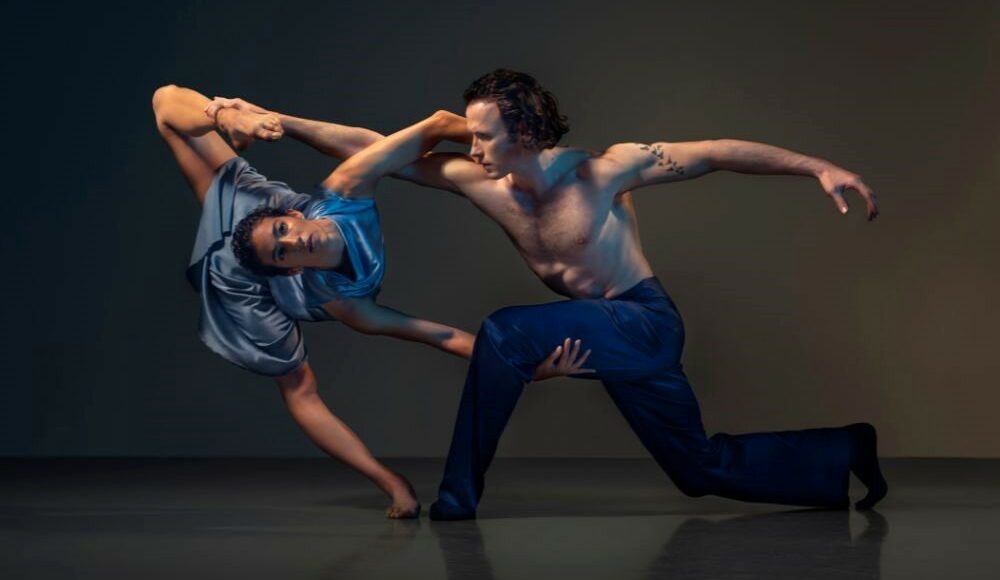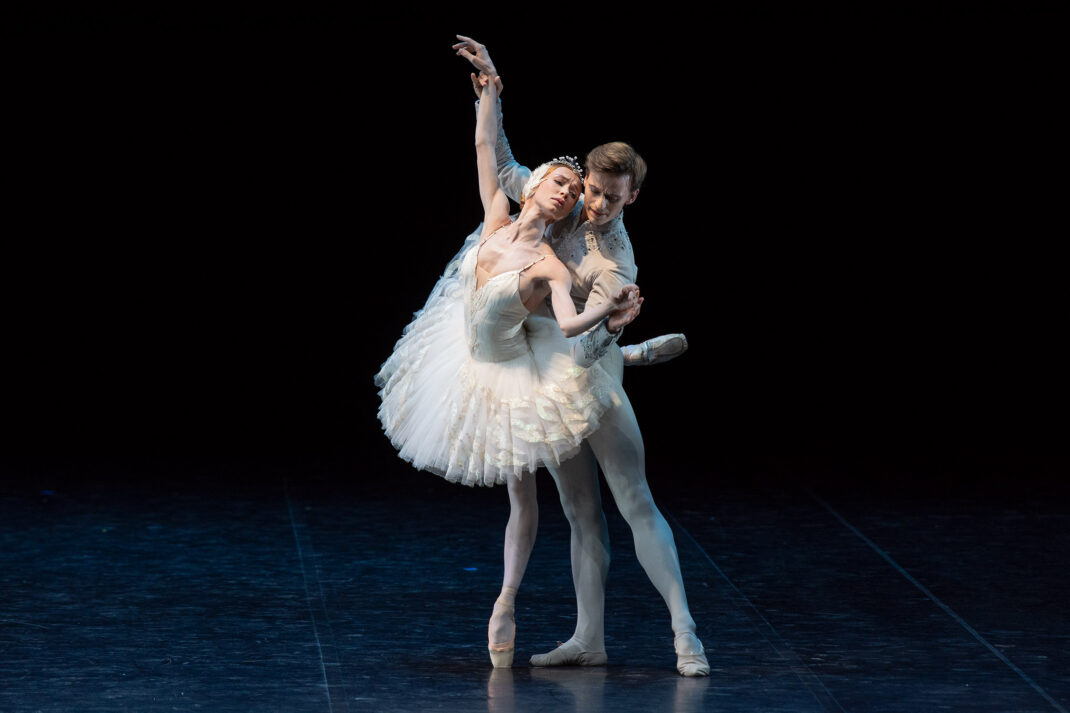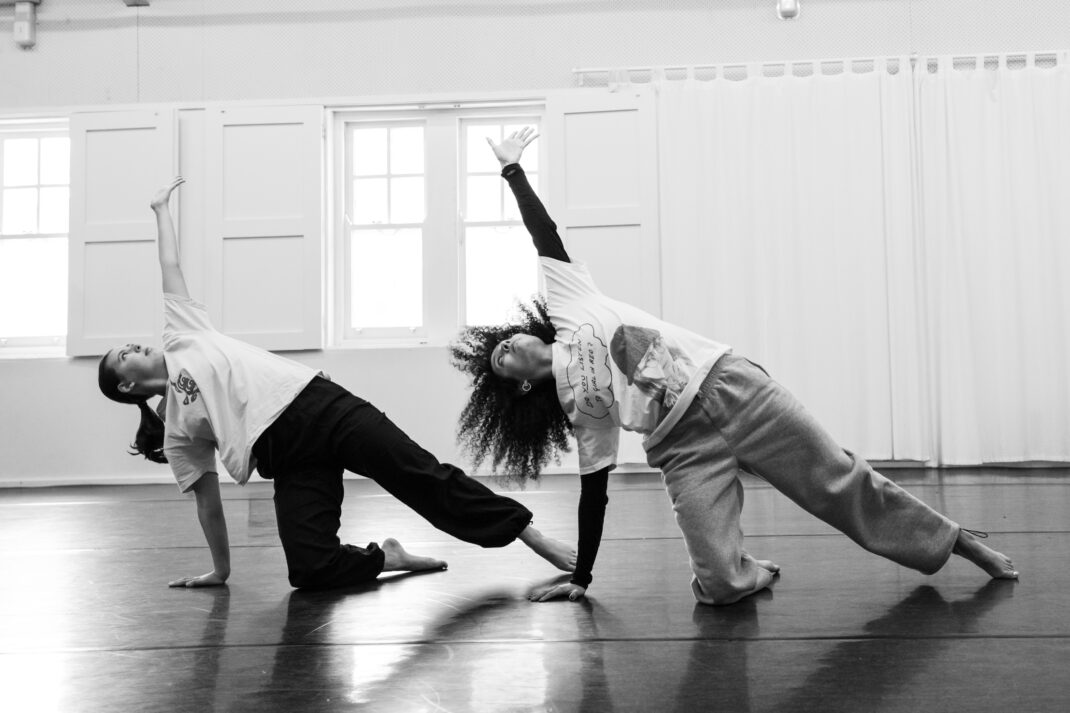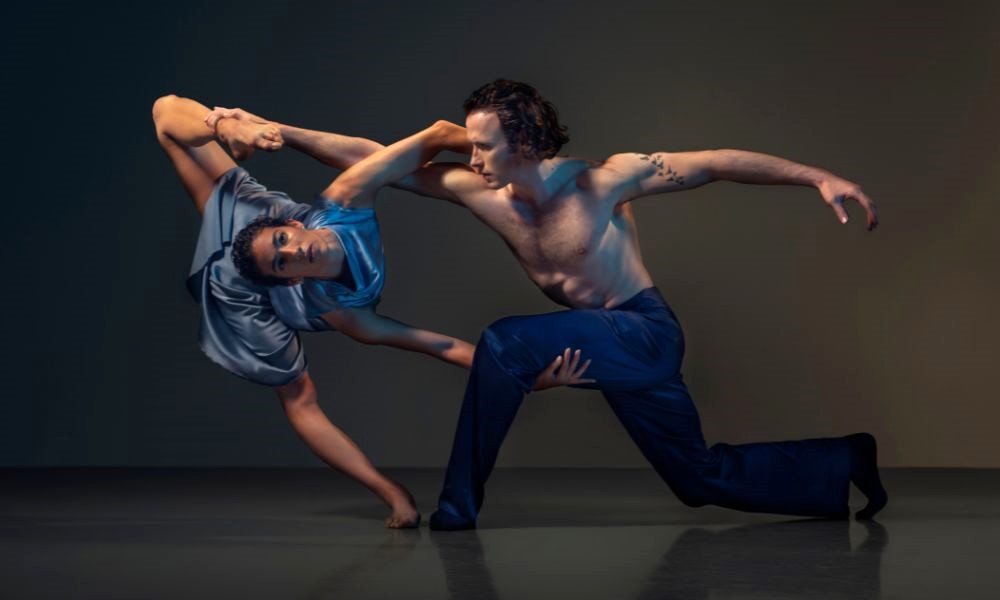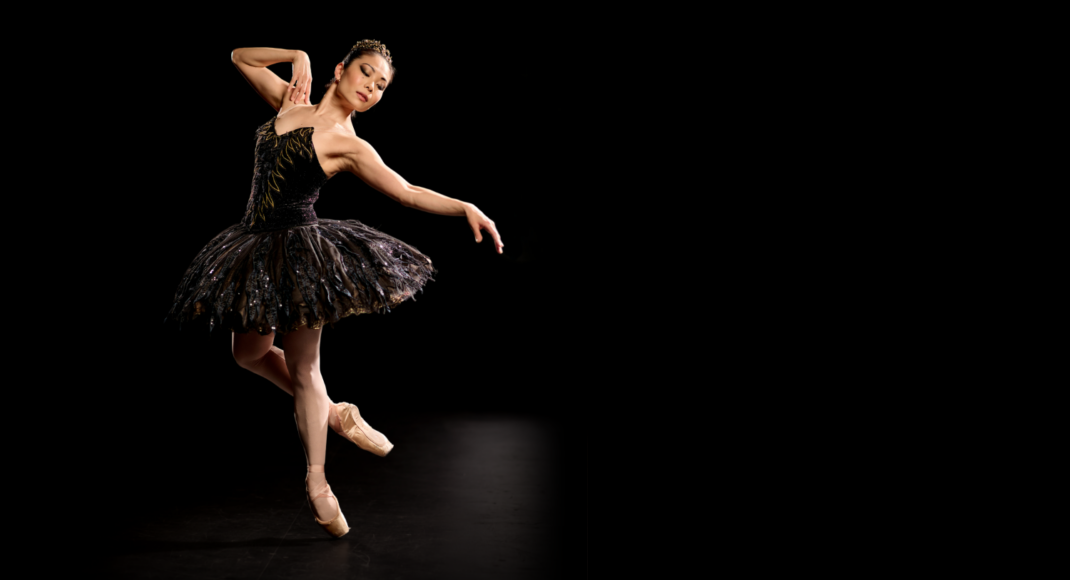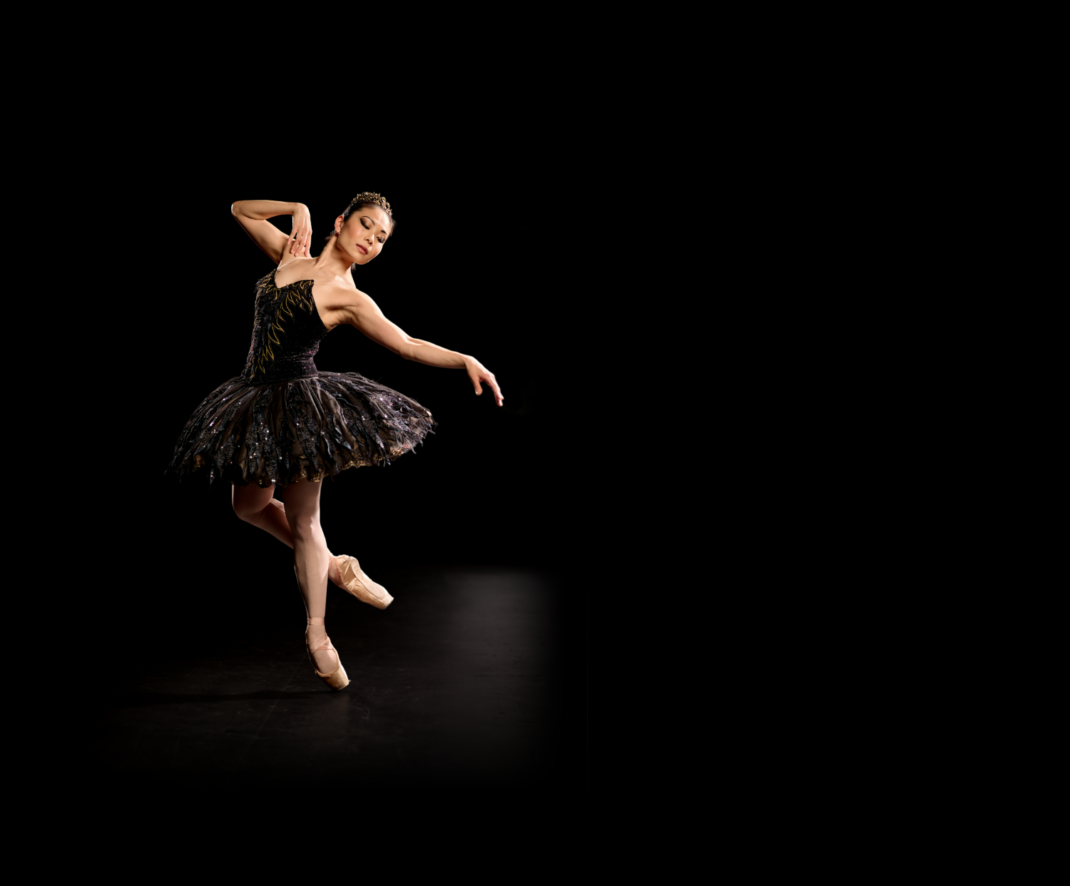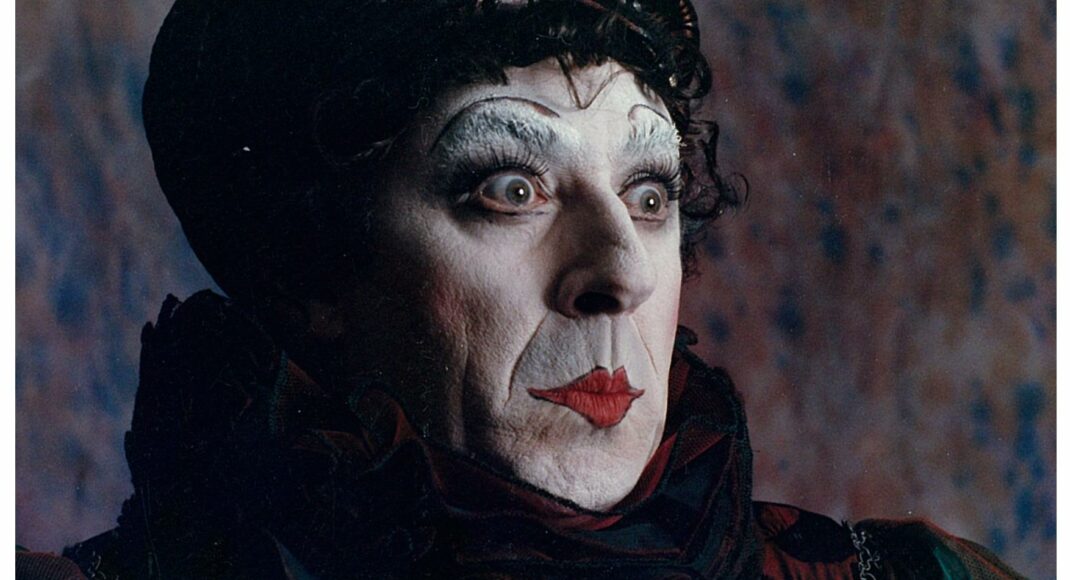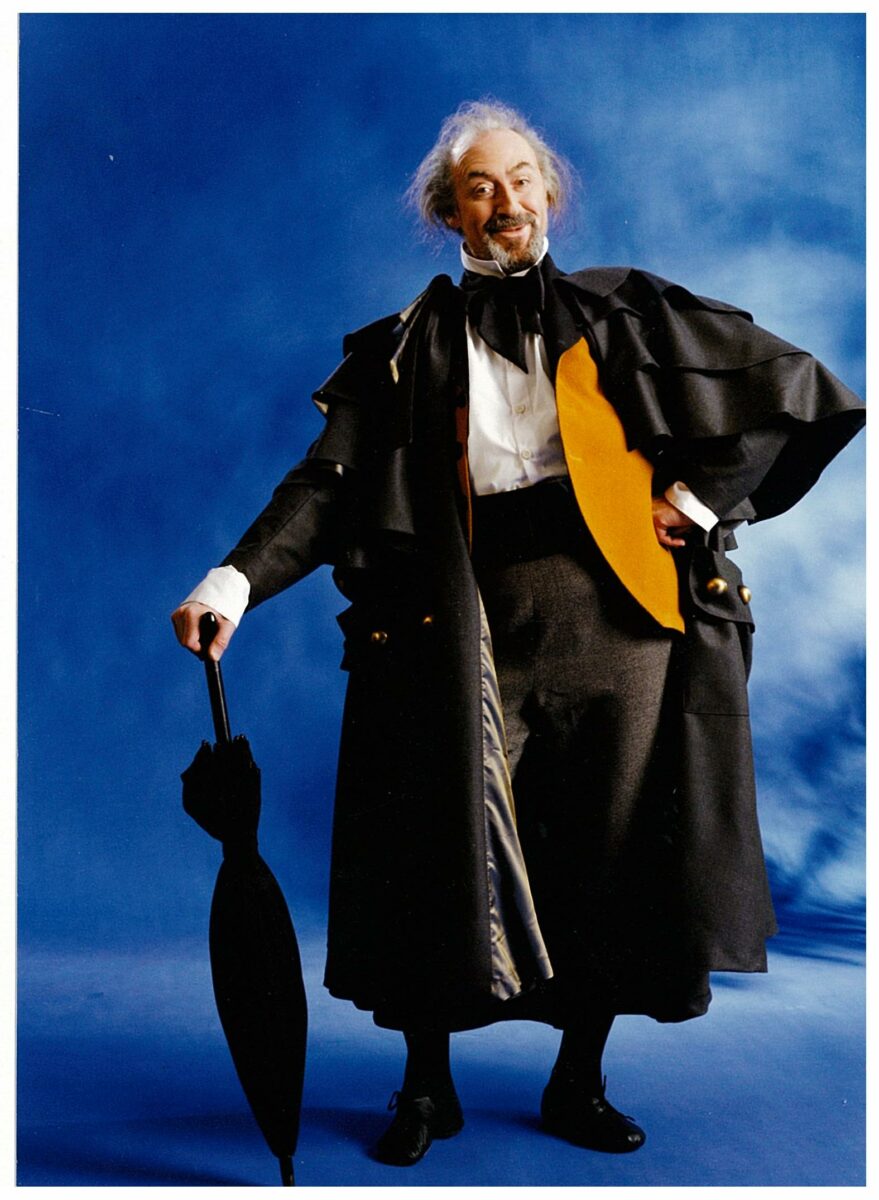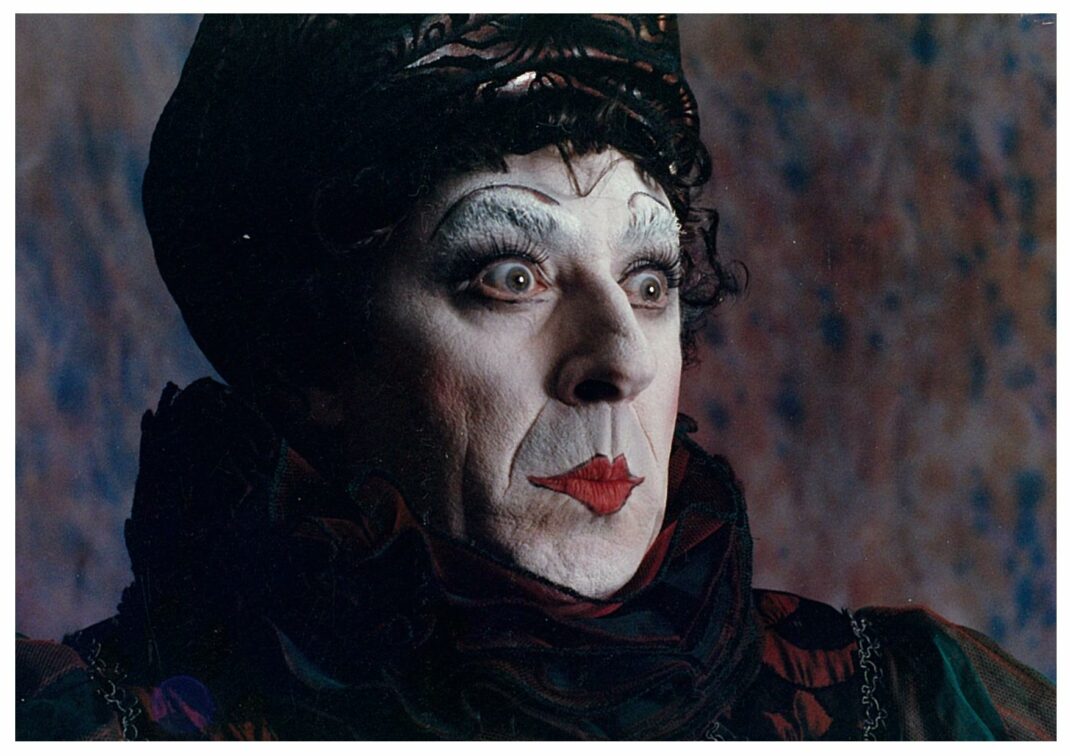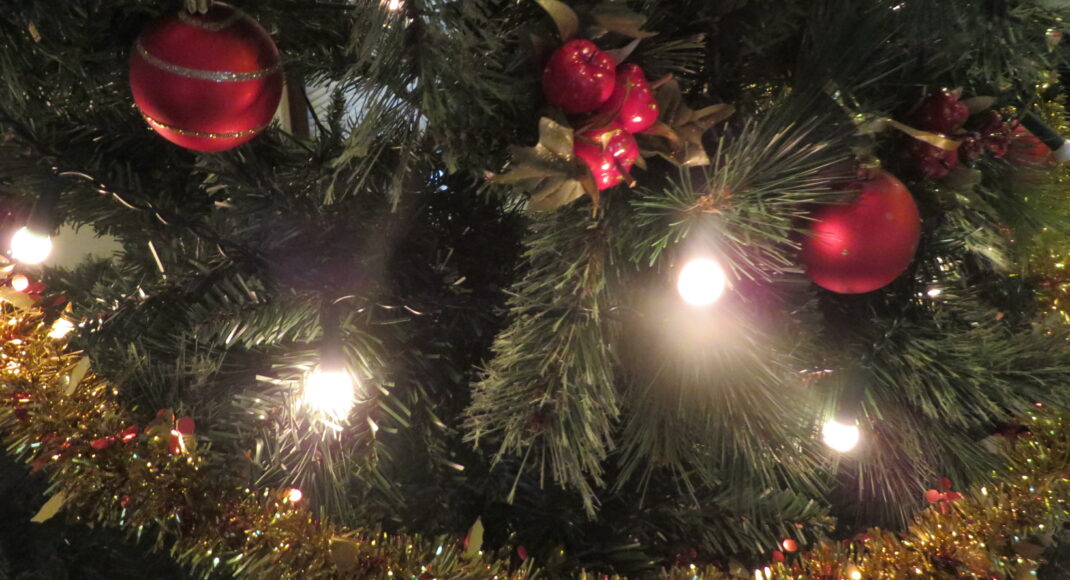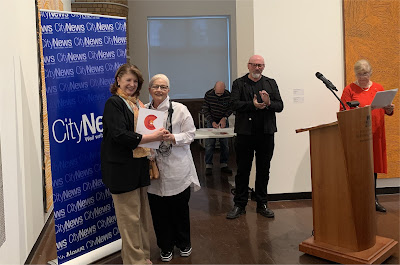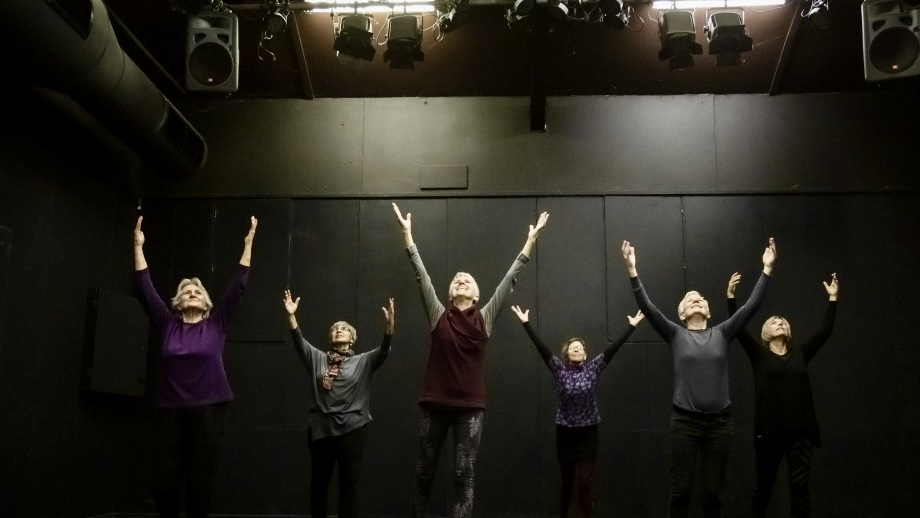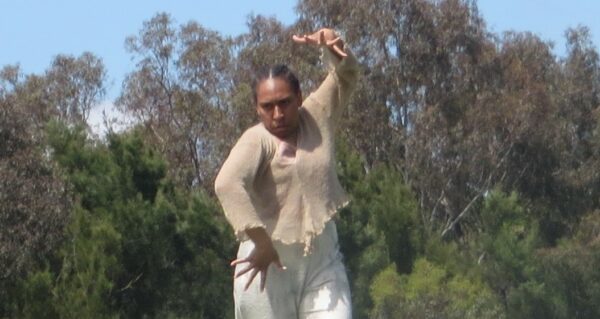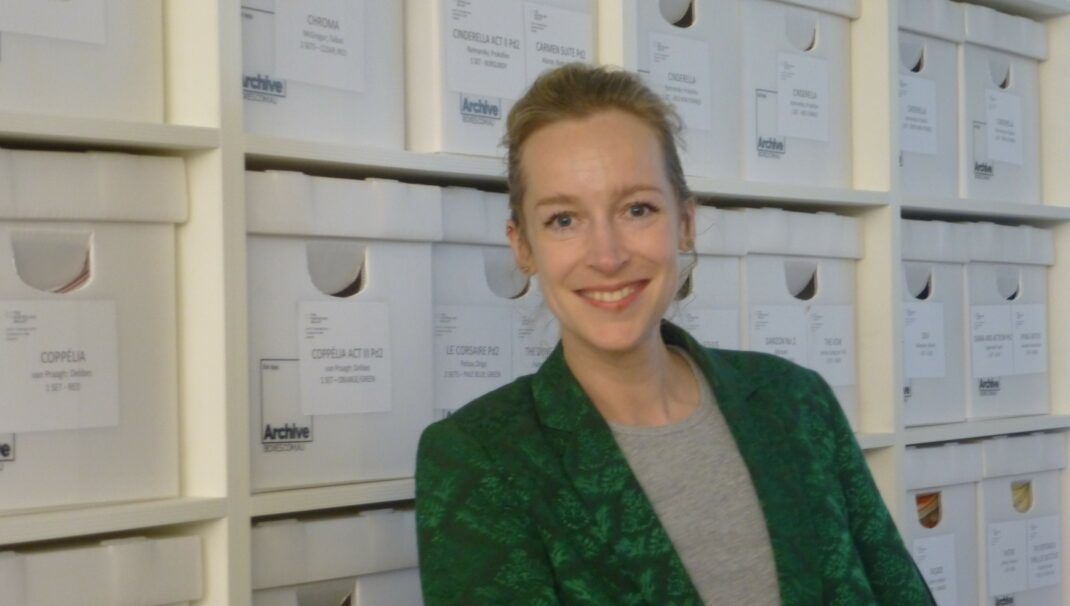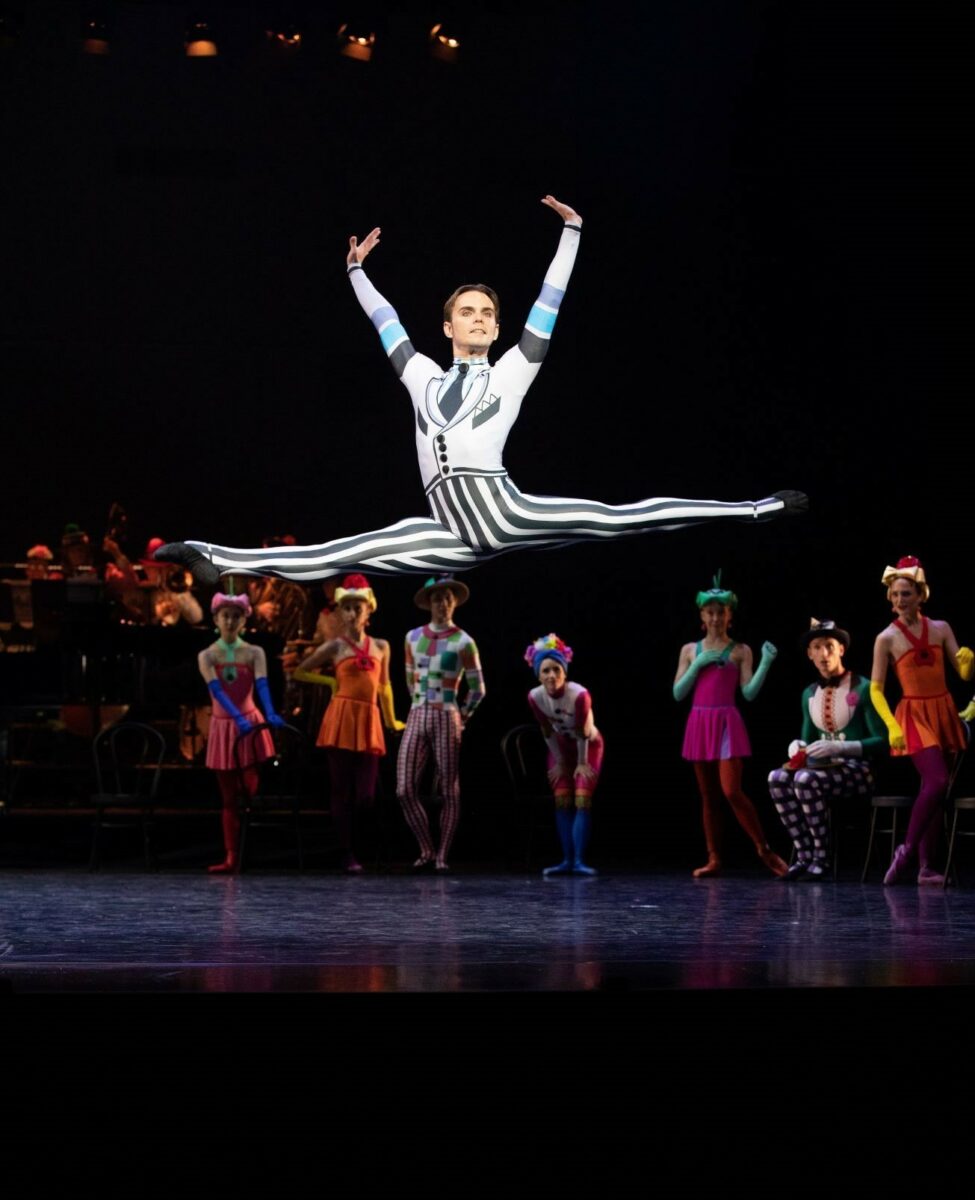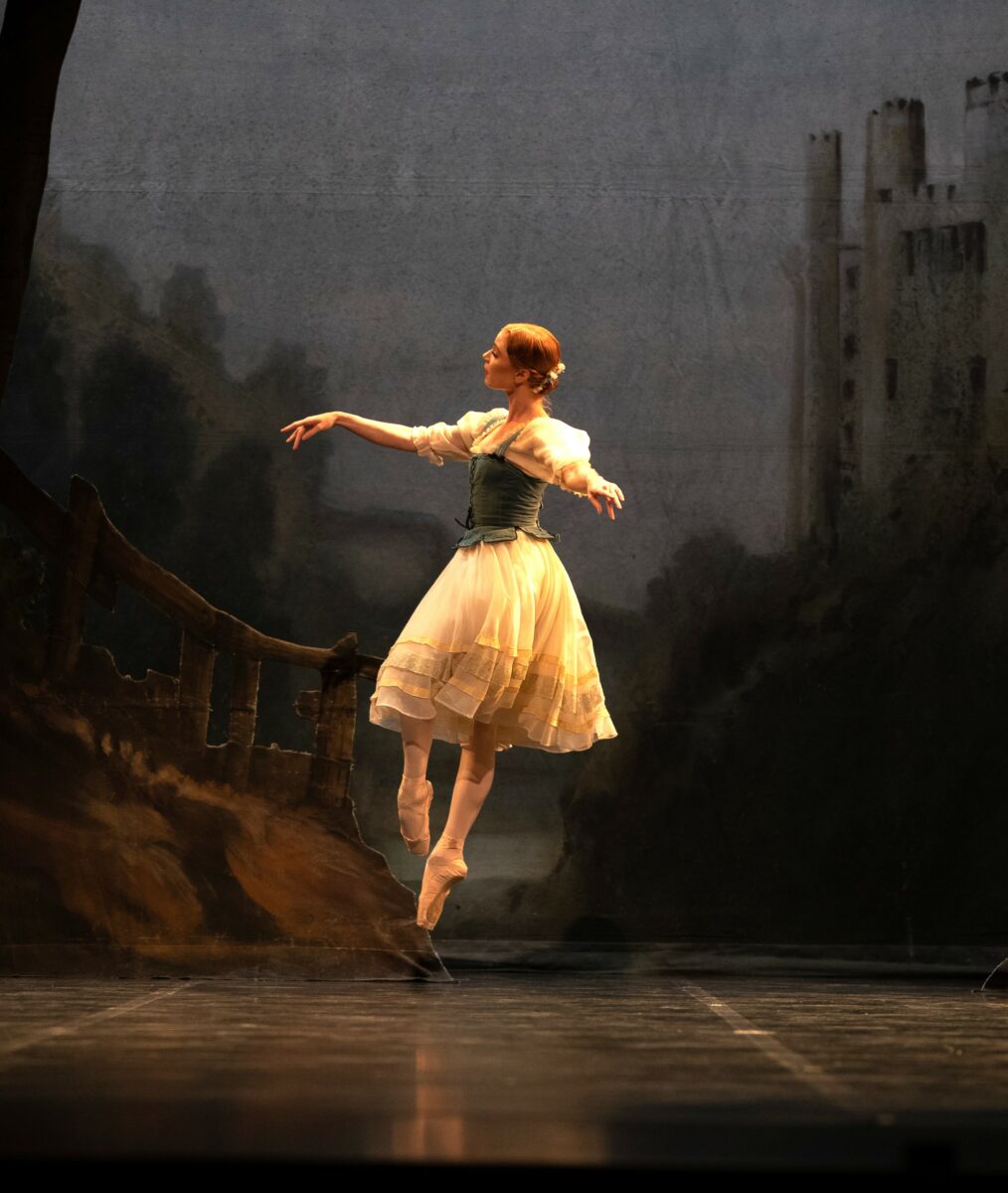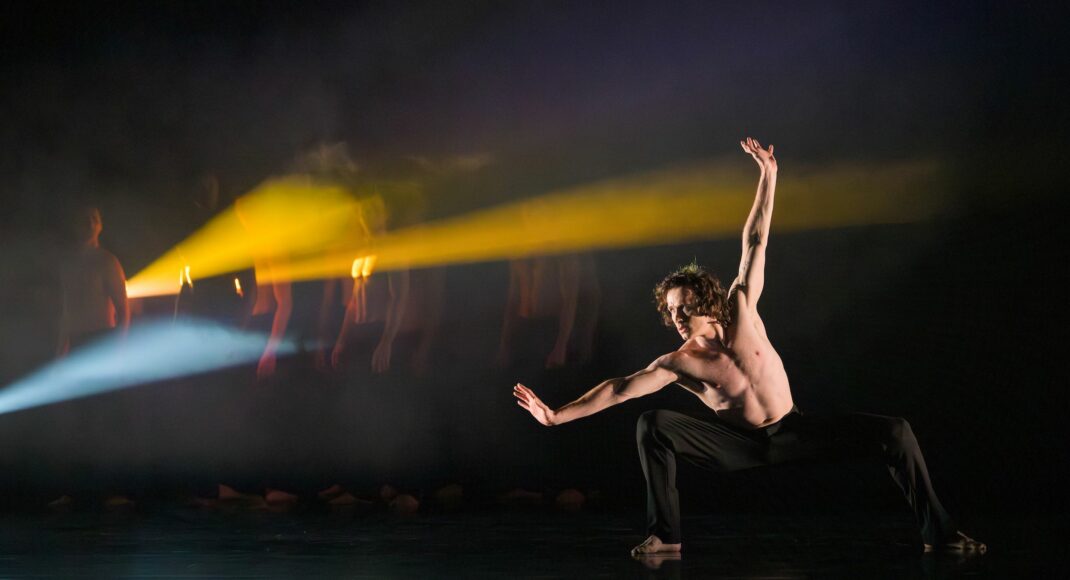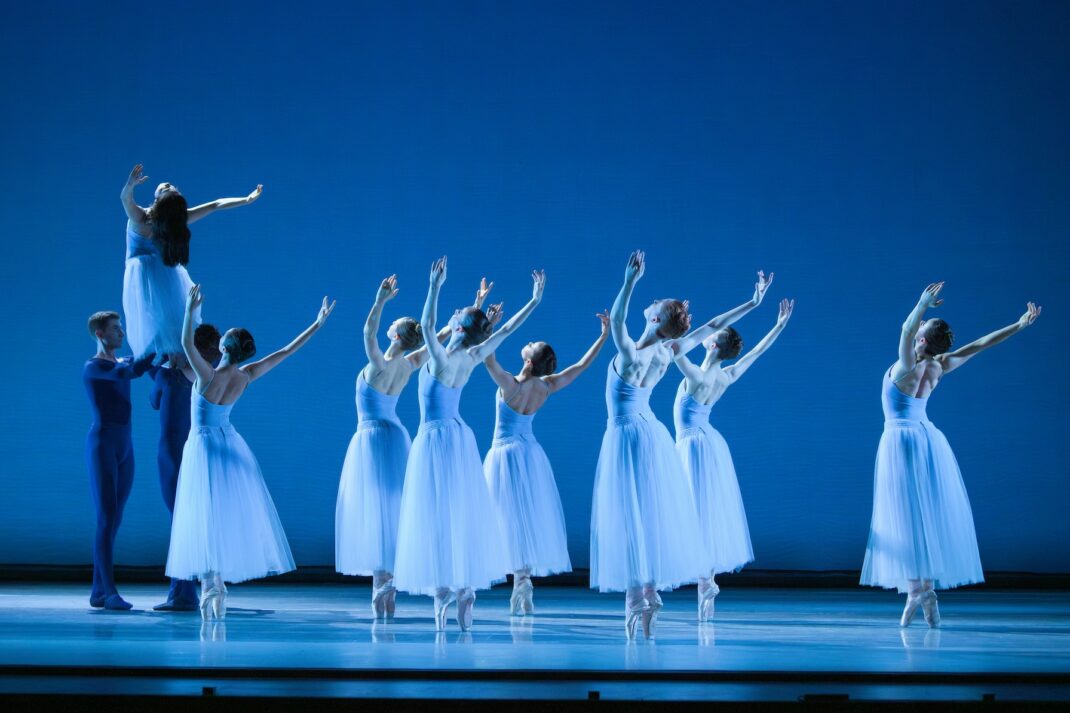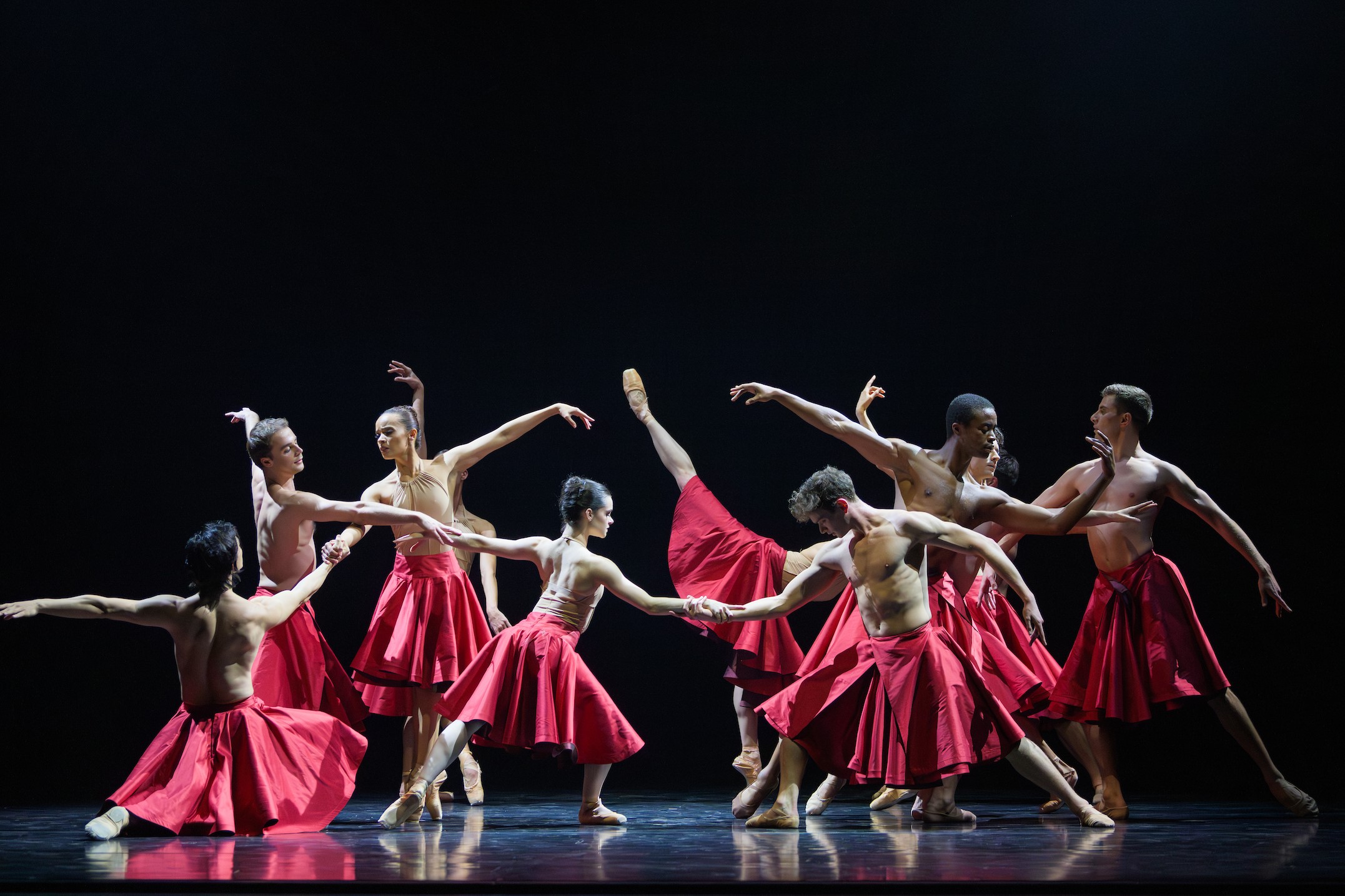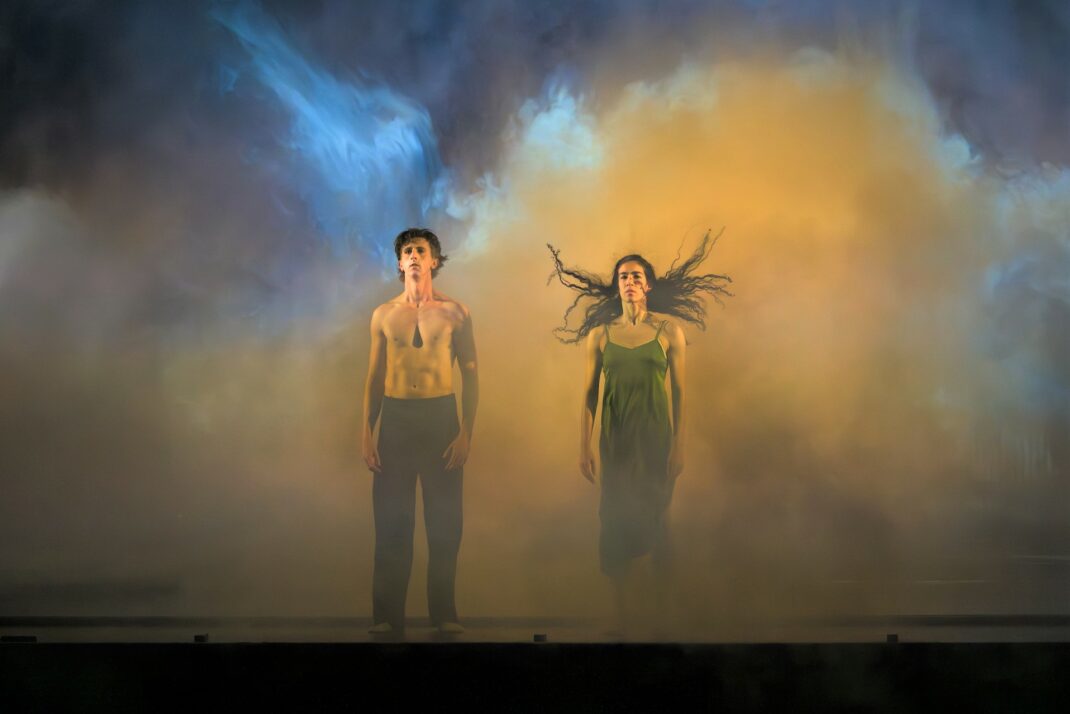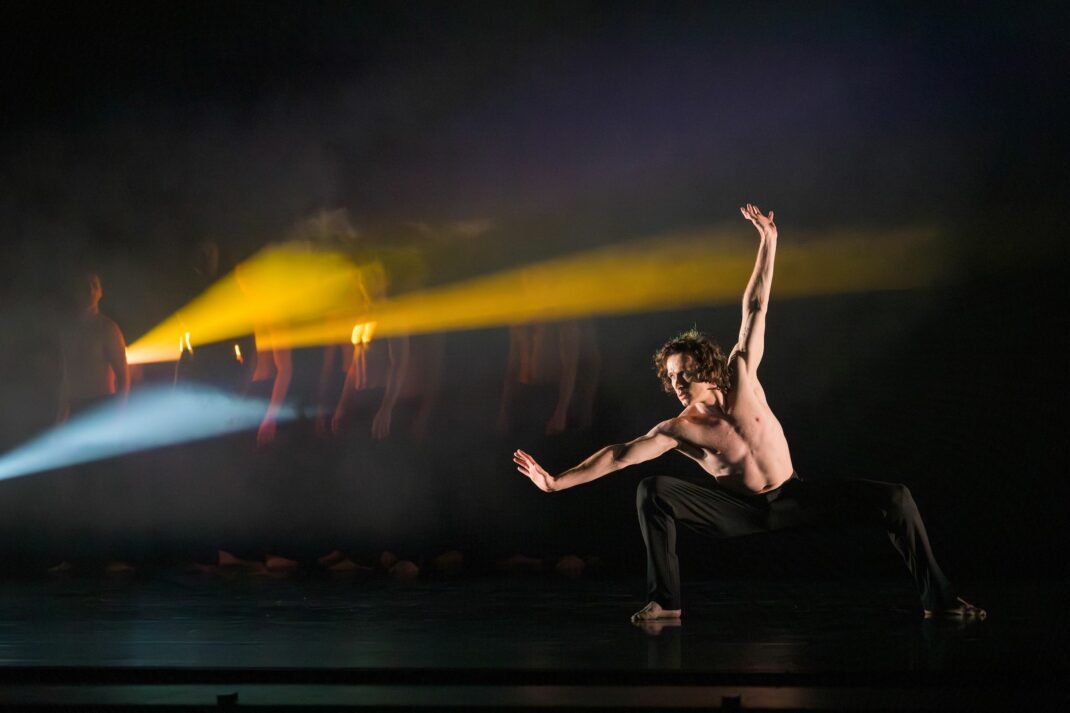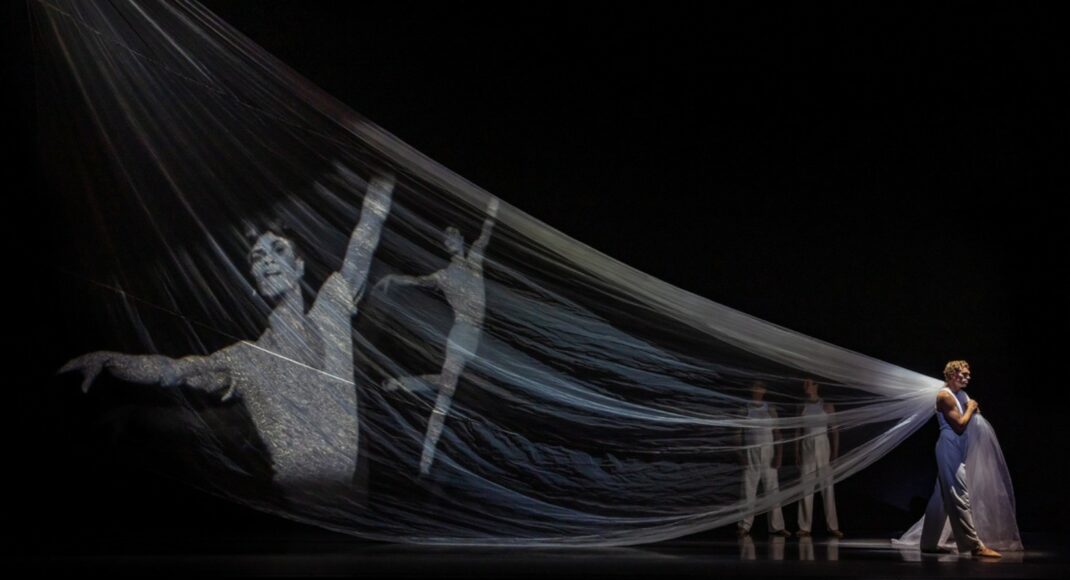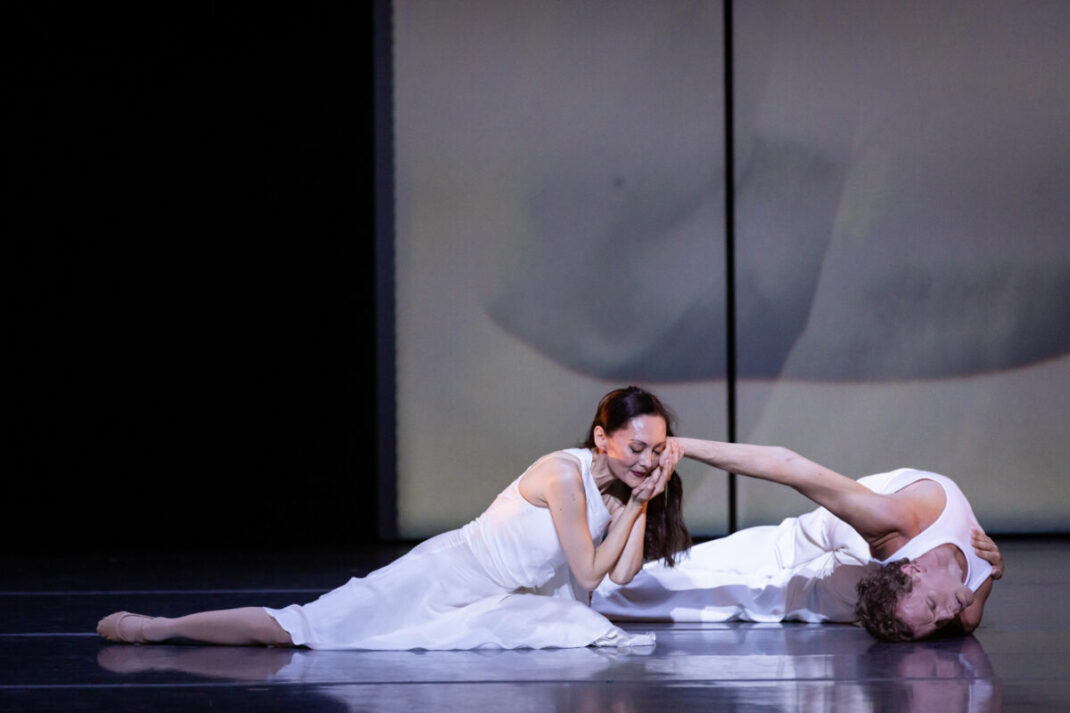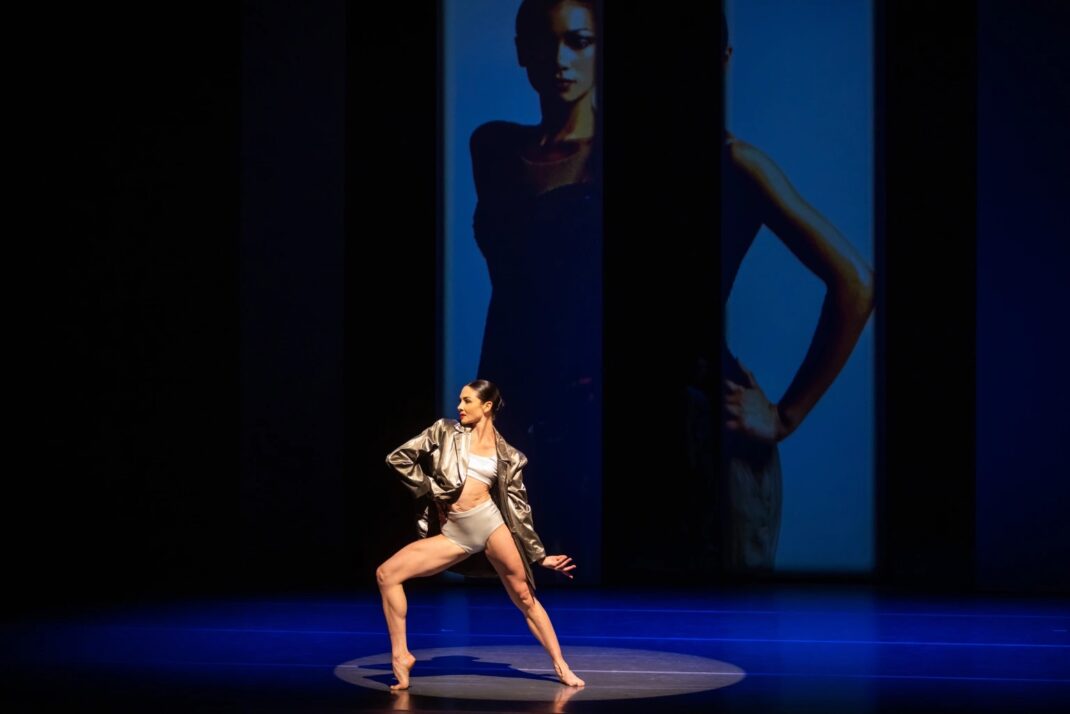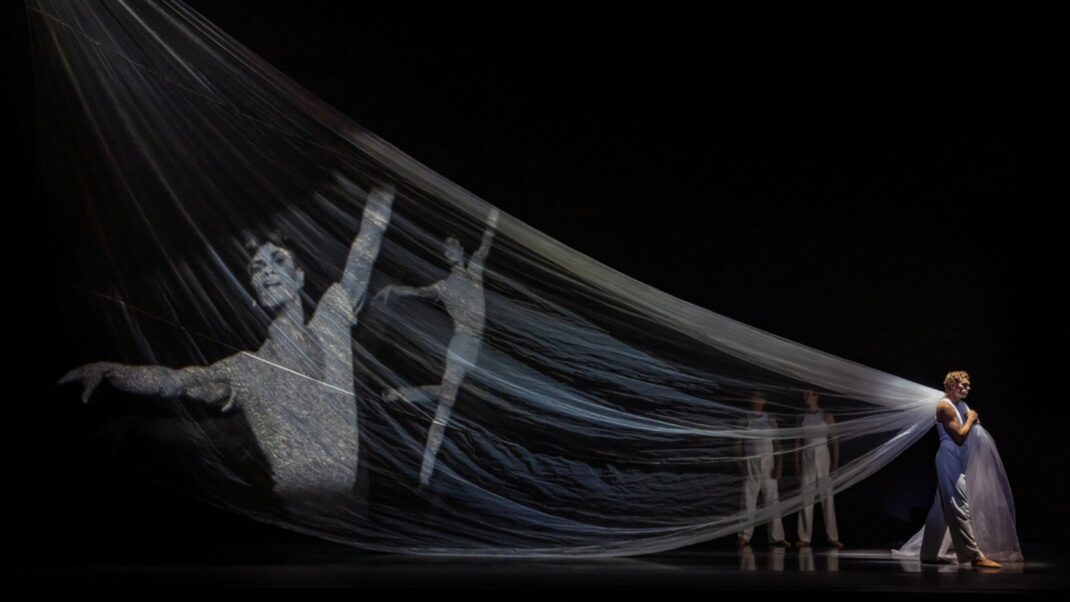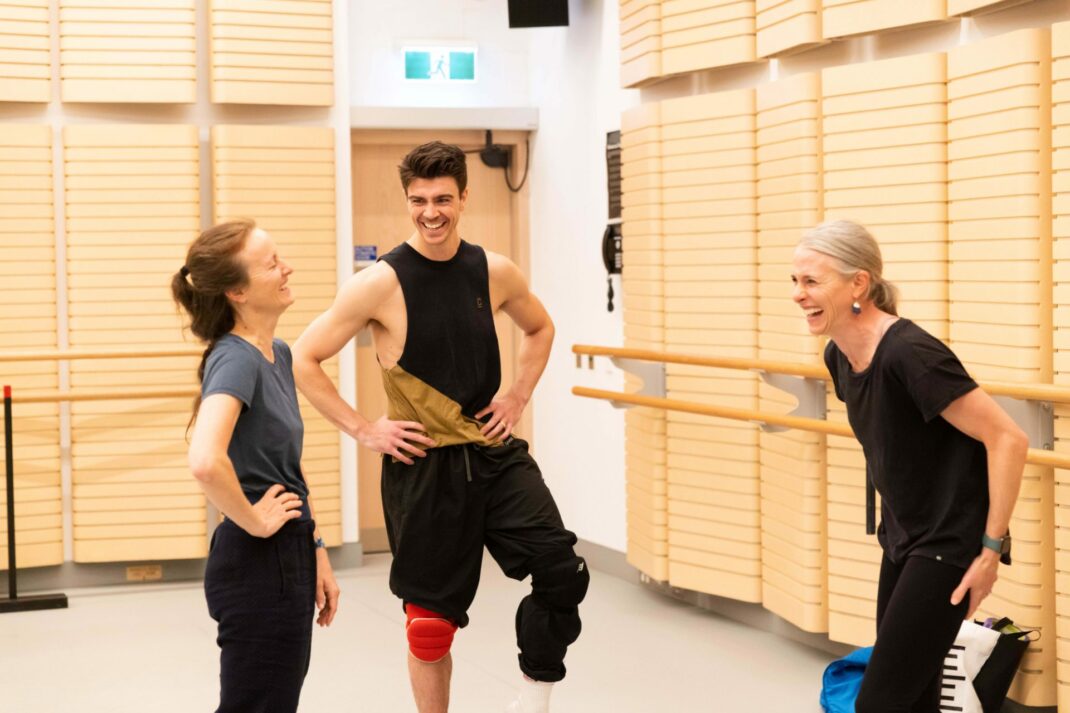- New initiative from Sydney Dance Company
Ever on the move in the development of dance, Sydney Dance Company just recently announced a new initiative—a teacher training program ‘dedicated to the art and practice of dance education’. Led by Linda Gamblin, Head of Training at Sydney Dance Company, the course will begin in July 2025.
This is an exciting initiative from Sydney Dance Company. Teaching is an art in my opinion and dance teachers need specialised teacher training in addition to having danced themselves. Follow this link for a detailed look at what the course will encompass.
- Miracle in the Gorbals
In February I was drawn yet again to the Lifeline Book Fair, which has now become a huge Canberra event, and which these days is held more than once a year. My most interesting purchase was a somewhat battered copy of a book by Arnold Haskell that gave a detailed analysis of Robert Helpmann’s early work Miracle in the Gorbals. I saw this work in London in 2014 when it was produced for Birmingham Royal Ballet by Gillian Lynne, who performed in the original 1944 cast as one of the inhabitants of the Gorbals. My review of the Birmingham production is at this link.
The book was published in Edinburgh in 1946, just two years after the premiere of the ballet. It was a more than interesting read, especially the section entitled ‘5. Interpretation’, which I wish I had read prior to seeing the work when I did. But it is hard to know what actually was Haskell’s opinion of the work. Haskell spoke of Helpmann as being ‘a man of the theatre’, which he believed (I think?) was the reason Miracle in the Gorbals was successful. But in ‘Epilogue: A Warning’ Haskell wrote:
Ballet must return to the way of Fokine, who rescued it from decay. His works are not merely beautiful in themselves, they are object lessons in choreography and no one so far has proved himself to have so thorough an understanding of the medium.
Ballet does not need ideas to survive, it needs beauty of line and movement. If ideas can be incorporated at no loss, then well and good. Ballet is not a treatise on current affairs. BALLET MUST APPEAL TO THE EYE. [Haskell’s capitalisation]
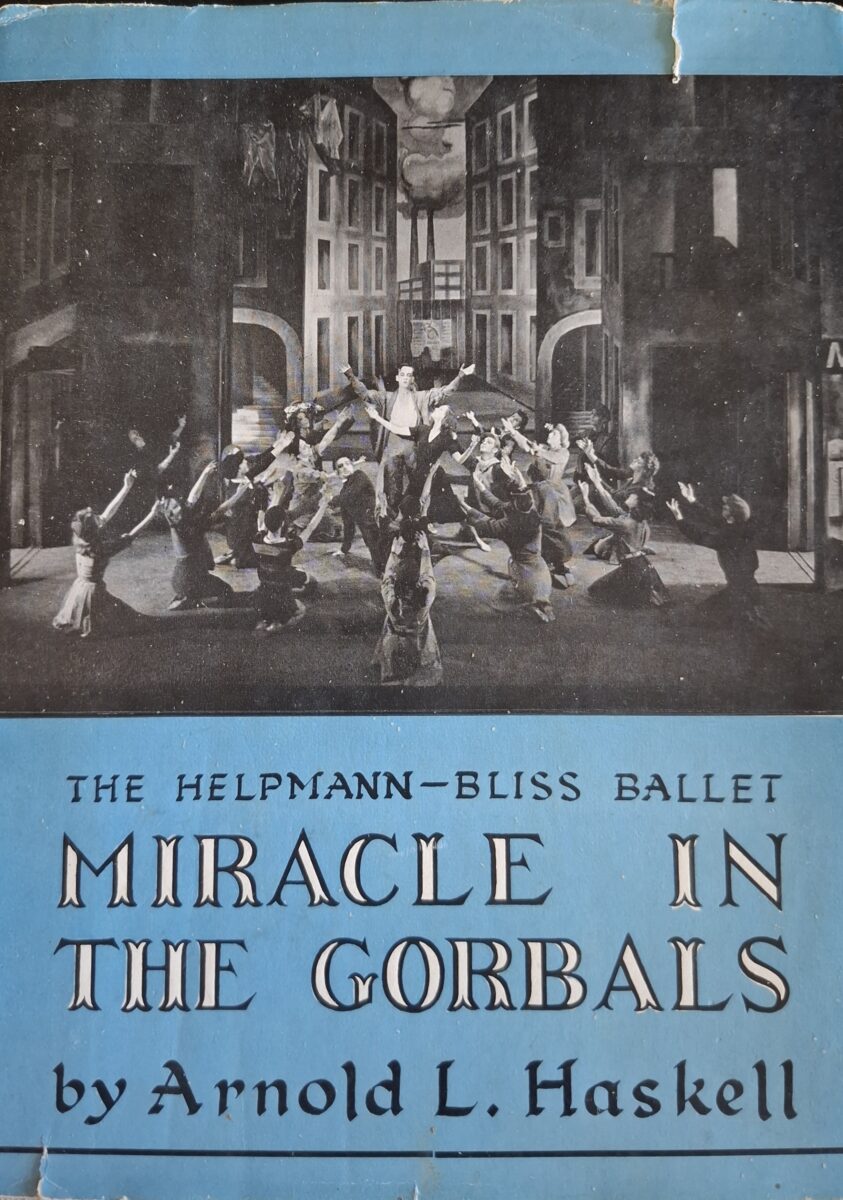
All in all a very interesting purchase.
- Li Cunxin honoured
Former artistic director of Queensland Ballet, Li Cunxin AO, has been presented with the Prix de Lausanne 2025 Lifetime Achievement Award. The award recognises his exceptional career from overcoming adversity early in life, to his rise as a celebrated dancer before leading Queensland Ballet to global success.
The Prix de Lausanne has, since 2017, presented its Lifetime Achievement Award to a dancer or choreographer who has made an outstanding contribution to the ballet world. The recent award to Li is such a well deserved recognition of his contribution to dance! Other notable recipients include Wayne McGregor and Alessandra Ferri.

- Alice Topp and Houston Ballet
Houston Ballet, directed by Stanton Welch since 2003, has recently announced its 2025-2026 season. Among the works to be presented will be a world premiere from Australian choreographer Alice Topp as part of a triple bill called An Evening with the Stars. The triple bill opens in late May 2026. Neither Topp’s work nor its accompanying music has been named as yet but Topp’s choreographic career clearly continues to grow internationally. Read more about her work and career to date at this link.
An oral history I recorded with Topp for the National Library of Australia in November 2024 is now available online at this link.
- News from Mirramu Creative Arts Centre
Vivienne Rogis, co-founder with Elizabeth Cameron Dalman of Mirramu Creative Arts Centre, has recently returned to Canberra from Melbourne, to rejoin Dalman at Mirramu as assistant director. The Mirramu website records:
Viv Rogis is a pilates and movement practitioner with 30 years experience. She believes in the power of movement as medicine for the body and mind. She is interested in movement as art, as fun, as medicine, as community.
Her practice incudes performance, choreography, teaching, curating, researching, & writing about dance. Most recently she has been focused on pilates to help people reach their movement goals including pain reduction, prehab and rehab, as well as strength and capacity building for athletes and dancers.

Rogis performed in Canberra on many occasions before moving to Melbourne. Read about some of those performances at this link.
- Coming up …
I am looking forward to seeing Kenneth MacMillan’s Romeo and Juliet as staged by Queensland Ballet, which opens towards the end of March. Watch this brief clip in which ballet master Matthew Lawrence talks about staging the production. It is especially interesting to hear him discuss making the production ‘three dimensional’.
Michelle Potter, 28 February 2025
Featured image: Linda Gamblin, Head of Training, Sydney Dance Company, 2025. Photo: © Wendell Teodoro.


